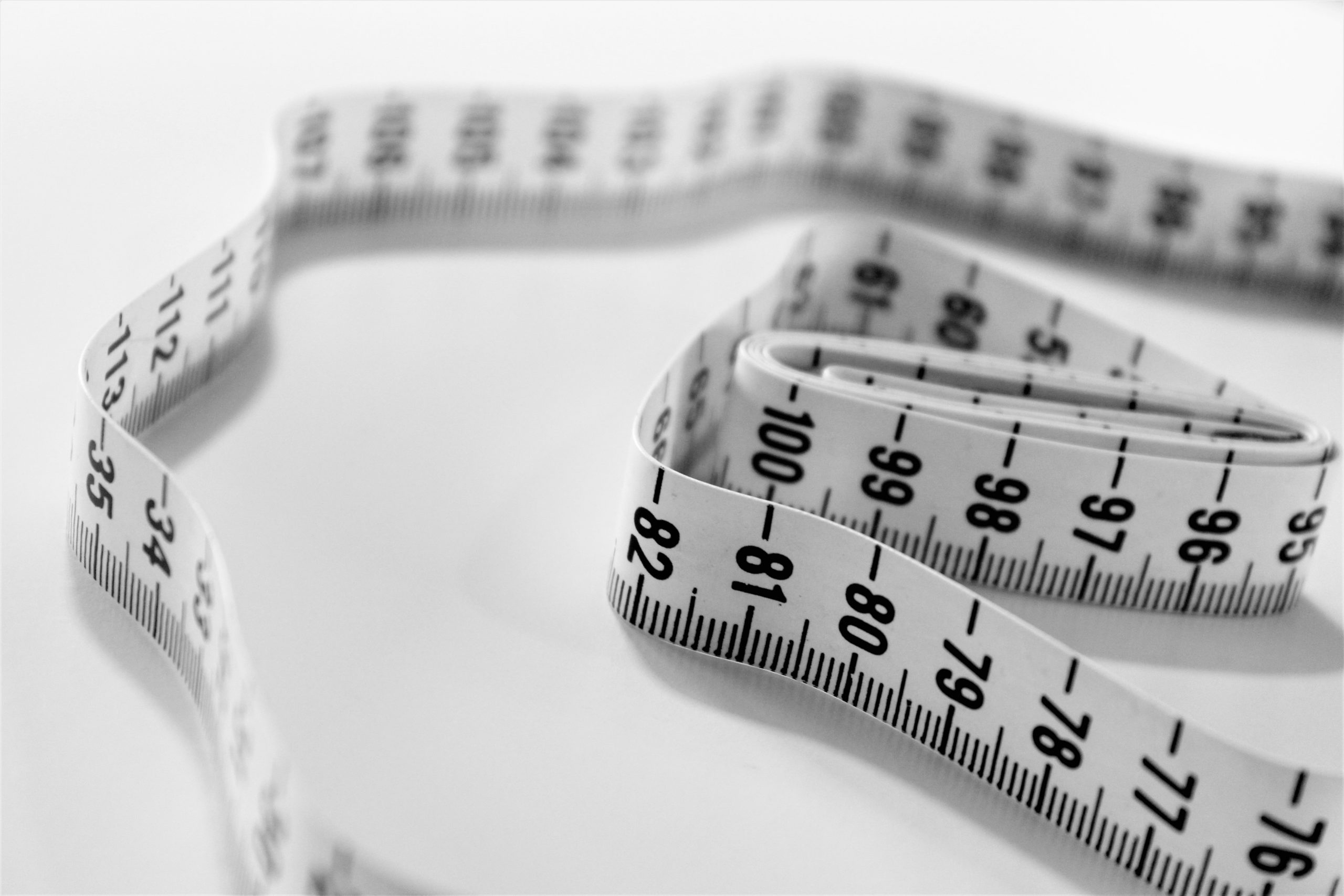How Do You Measure the Effectiveness of Your Brand Protection Program?
Recently, Coraline Zhang, legal counsel at DH Anti counterfeiting, made an interesting comparison between Marketing and Brand Protection. She described brand protection as very similar to marketing. The latter fights for control of market share against legitimate competitors, while the former works to reclaim market share stolen from illegal traders and discourages loyal fans from buying counterfeits. A very interesting comparison, if only Marketing and Brand Protection could work together!
The marketing department has always been tasked with measuring their performance. They must report the effectiveness of a new ad campaign, a new website, a social media campaign, new products, etc. Although an easy factor is to measure increase in sales, many marketing strategies do not provide immediate results at the sales line. Brand building, for example, can be a process that takes many years and many different strategies. However, the marketing department does have tools to gauge the effectiveness of what they do so they can justify to management that they have invested wisely.
In short, it’s (almost) all about results and how you show them.
Brand protection departments are now under more pressure to deliver results that can be tangibly measured. A brand protection program requires significant investment in tools that discourage brand infringers
Today’s marketing managers and BPMs are both expected to know exactly where resources should be allocated, and have a clear idea of their impact on market result and revenue generated.
Key performance indicators (KPIs) are used on a daily basis in the marketing department. They are a set of quantifiable measures that a company or industry uses to gauge or compare performance in terms of meeting their strategic and operational goals.
For instance, marketing KPIs and metrics can include: incremental sales, web traffic sources, key word performance, etc.
Brand protection also has KPIs and metrics they can report on. They can include: website takedowns, marketplace sites taken down, pairs/pieces removed from sales, store raids, pairs/pieces confiscated, domains recouped, etc. As with most marketing departments, brand protection departments should be utilizing specialized, technical tools to help them execute their brand protection strategies and compiling and reporting the results of their efforts. This is no easy task and, because the results are important to management and to justify brand protection investment, the results must be accurate and substantial. It is recommended that brand owners and companies rely on sophisticated services to not only execute their brand protection strategies, but also to accumulate and report on those actions to management.
